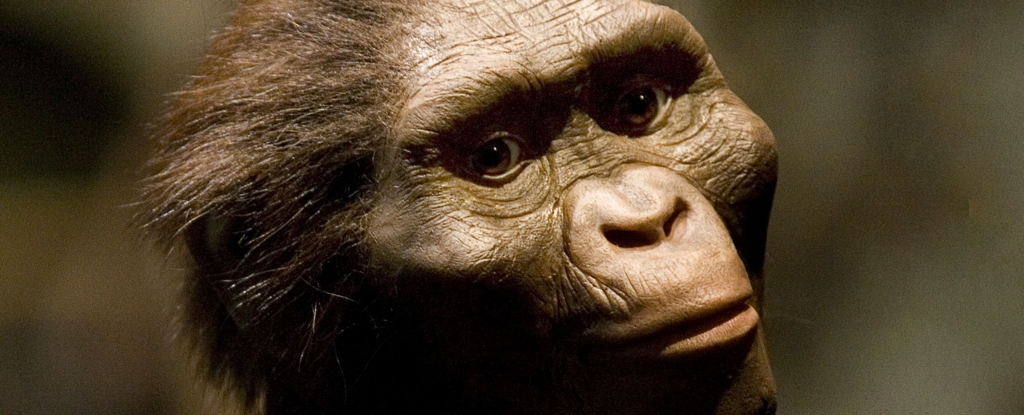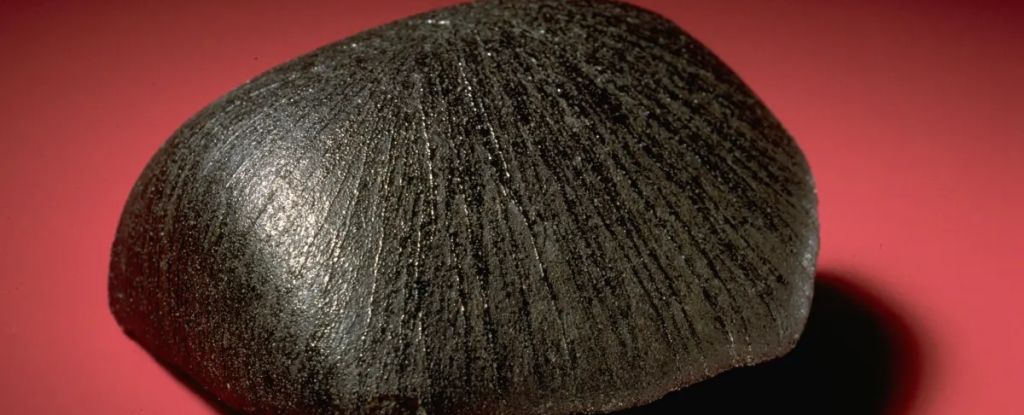ARTICLE AD
What was once a goofy plot point from Highlander II and The Simpsons may one day come to pass. Billionaire weirdos in Silicon Valley are plotting to block out the sun. Why? We’re running out of time to stop the rapid warming of the planet and a radical problem may soon require radical solutions.
It’s a recipe for unintended consequences, but it’s popular in the “move fast and break things” world of Silicon Valley. A feature in Bloomberg goes deep into the technology, who is funding it, and what the consequences might be.
The planet is getting hotter and the disastrous effects of that warming are no longer theoretical, they’re here now. Worse, climate experts have warned that we may be well past the point of no return. Any action by the world’s governments to fix this problem would need to be immediate and dramatic. That’s probably not going to happen.
Faced with that kind of dilemma, rich people are thinking about taking matters into their own hands—and soon. “I wish the world were studying solar geoengineering more,” OpenAI CEO Sam Altman said in a post on X. “Clearly have misgivings about it, but it’s so relatively cheap that I think some country is just going to do it if/when the climate crisis gets bad enough as a temporary patch. Would be great to learn more before then.”
Bill Gates, former Meta CTO Mike Schroepfer, Facebook co-founder Dustin Moskovitz, VC execs Matt Cohler and Chris Sacca, and Bay area billionaire Rachel Pritzker are all investing in companies that seek to block out the sun.
How, exactly, would this work? As Altman pointed out in his post, it’s cheap and easy. A startup called Make Sunsets is already out there doing it. “Some may call it solar engineering—we call it an opportunity to reverse global warming,” its website says.
Make Sunsets’ solution is solar radiation management (SRM), which involves reflecting sunlight to cool the planet. There are a couple of ways to do this, but one of the easiest is called stratospheric aerosol injection. It involves flying a jet around the planet that dumps sulfur dioxide into the air. In theory, the SO2 would blanket the stratosphere, reflect sunlight away from the planet, and gradually cool the Earth.
According to its website, this solution mimics the effects of a volcanic eruption. “Emissions from volcanic eruptions have been cooling the Earth for millions of years, like Mt. Pinatubo in 1991. We are simply mimicking Mother Nature,” the site says.
What are the downsides to this? There are many. According to the company’s FAQ, the effect is uncertain, it may deplete the ozone layer, if it’s ever stopped the Earth may rapidly heat back up, it could lead to a perception that the world has “fixed” climate change, and it “could lead to geopolitical tensions and disagreements about its deployment, regulation, and potential side effects.”
Right now they’re doing it with balloons. Interested individuals and companies can purchase “cooling credits” from Make Sunsets at $10 a pop or at a subscription rate of $30 a month for 30. “One Cooling Credit offsets one ton of CO2 warming for a year. The average American generates 16 tons of CO2 per year,” Make Sunsets says on its website. “By purchasing a Cooling Credit, your funds will be used to release at least 1 gram of our ‘clouds’ into the stratosphere on your behalf, offsetting the warming effect of 1 ton of carbon dioxide for 1 year.”
According to Bloomberg, other cooling startups and NGOs see Make Sunsets as a bit ridiculous. “You need a regulatory function that works and you need lots of science. Right now, we don’t have either of those things,” Kelly Wanser, the founder of SilverLining—a nonprofit that’s tackling climate change—told Bloomberg.
As the planet heats up, the plots will only get more ridiculous. It’s hard to blame the world’s billionaires for wanting to spend some part of their vast fortune to protect their investments. The governments of the world have made it clear that they aren’t up to the challenge. As Altman said, it’s possible that someone with a lot of money will be persuaded to do something very big and very weird after a major climate event in the near future. Andrew Lockley, a UK-based independent researcher in geoengineering told Bloomberg: “To get started it only takes one person to say, ’I have 100 million quid, I have a business jet, let’s go.’”
There’s no shortage of startups and NGOs out there willing to take their money for a radical and unproven solution.
In Highlander II, protagonist Connor MacLeod is filled with the sum of all human knowledge. He uses that power to solve a pressing problem, the Earth’s rapidly diminishing ozone layer. He does this by building a giant shield encasing the entire planet. It saves us but dooms the world to darkness, heat, and humidity. It’s miserable. In the end, he destroys the shield and gives the world back the sky.
Highlander II sucks. It’s a bad movie. And it’s awful that years of dragging our feet on climate change have created the conditions where some of its ludicrous plot points may become reality.

 3 weeks ago
41
3 weeks ago
41 

